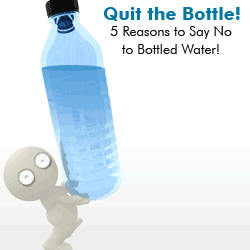
Most people associate athlete's foot with pools and locker rooms. Walking barefoot in these areas is said to be where the fungus is contracted. Then, once socks and shoes are on, the fungus grows. It likes the moist and dark- and airtight- area. This infection is easily contagious and is likely to be contracted repeatedly.
The symptoms of athlete's foot are peeling and cracking of the feet, redness, itching, scaly feet, burning and blisters. Under the athlete's foot umbrella, there are three types. The first and most common is toe web infection, which usually forms between the two smallest tows. This one can have all of the symptoms listed above, as well as a foul odor. The second is moccasin-type infection, which is a little worse, causing extreme cracking and peeling, which could lead to toenail infection and can also affect the hands. The third is vesicular infection, which is a little different than the others, causing fluid-filled blisters on the bottom of the foot and between the toes. A bacterial infection can accompany this as well. Males are more at risk for athlete's foot, as are people who live in damp environments. Also, those with impaired immune system disorders like cancer or diabetes are more susceptible.
The best way to avoid getting athlete's foot is to wear shower shoes in the locker room! And, as silly as it seems, being in the water for long periods of time does not mean you are squeaky clean. Public pools are havens for bacteria and fungus. So, showering after, and again, with shower shoes, is a must. Of course, being totally dry before slapping on the socks and shoes is a tremendous help. Removing that damp environment will prevent the fungi from moving in.
Water can be used to treat athlete's foot as well. Of course there are prescription and over the counter creams, but good home remedies include soaking the feet in warm water and vinegar mix, or an ionized water bath. For the blister infection, there are special soaks you can use.



